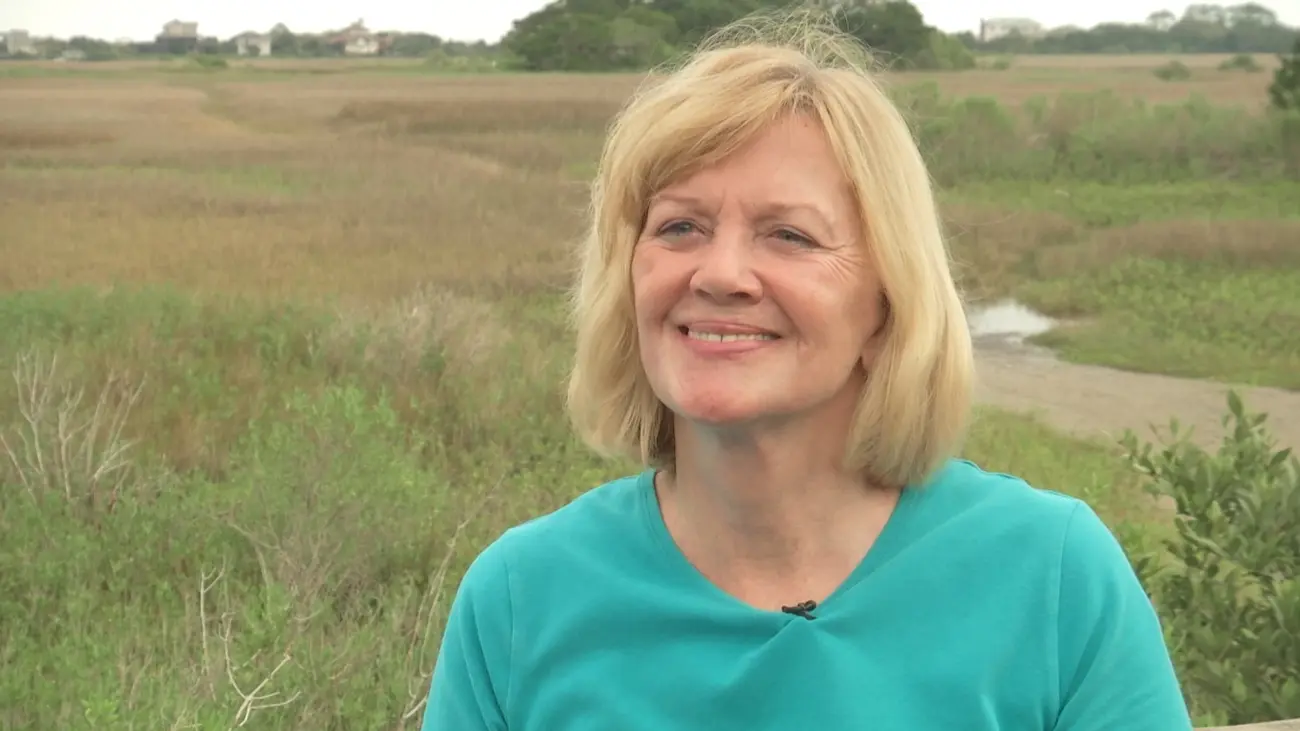Historical Archaeologist Kathleen Deagan led a series of excavations that identified the original encampment of Pedro Menéndez de Avilés from 1565.
From that encampment, the city of St. Augustine was established as the oldest continuously occupied European settlement in what is now the United States.
“We began that project in the 1970s, thinking we were going to be studying an Indian village,” says Deagan, Distinguished Research Curator and Professor Emerita from the University of Florida.
“Over the years as our sample became larger, we realized ‘wait a minute. This isn’t like anything we’ve ever seen in a Native American town.’ Square buildings made with nails. We found a barrel well made of white Spanish oak filled with mid-16th century Spanish artifacts. We realized that this must be the Menéndez encampment.”
For more than 40 years, Deagan led annual excavations in St. Augustine, in what is now the Fountain of Youth Archaeological Park, and at the adjacent Mission Nombre de Dios.
Identifying the starting point of America’s oldest continuously occupied city would seem to be the crowning achievement of any archaeologist’s career. It is not her four decades of work in the heart of St. Augustine, though, that Deagan identifies as her most significant accomplishment.
Deagan believes that her most important work was the excavation of Gracia Real de Santa Teresa de Mosé, better known as Fort Mose.
Established in 1738 by Manuel Montiano, Governor of Spanish Colonial Florida, Fort Mose was the first free black settlement to be legally established in what would become the United States. The community was located just north of St. Augustine.
“I first learned about Fort Mose when I was a student at the University of Florida in the early 1970s,” Deagan says. “One of my professors, Charles Fairbanks, was very interested in learning more about Fort Mose, and I was a student on one of the digs he brought over here to St. Augustine to try and locate it.”
Deagan built on the work of Fairbanks, leading her own excavations at the Fort Mose site in the mid-1980s. She was able to conclusively identify the location of the fort on an island in the middle of a wet, marshy area.
“For archaeologists it was a matter of putting on your high boots, and slogging through the mud,” says Deagan. “Once you’re on the actual site itself, which is a small marsh island, its high ground. We learned that the site actually has been occupied by people for hundreds and hundreds of years. There was a prehistoric Timucua Indian site there, and then very briefly there was an Apalachee Mission after 1704, and then Fort Mose. Once you’re on the site its normal excavation, digging through shell and dirt and tree roots.”
Deagan and her team uncovered the moat that surrounded the architectural structure of Fort Mose. They then discovered key artifacts associated with soldiers including uniform buttons, tobacco pipes, and lots of rum bottles. They also found items associated with family life in the community, such as thimbles, pins, and pottery for cooking and eating.
The population of the community at Fort Mose consisted primarily of former slaves who had escaped from British colonies to the north into Spanish controlled Florida. The Spanish government encouraged this immigration of British slaves by granting them freedom in exchange for their conversion to Catholicism and a pledge to defend St. Augustine from British invasion.
The community of Fort Mose was short lived. When the British took control of Florida from Spain in 1763, Fort Mose was abandoned.
“All of the people of Mose went to Cuba,” says Deagan. “The records of their lives have been uncovered in Cuba by Jane Landers, who is learning their fate. There might even be some descendants today.”
The archaeology at Fort Mose has expanded our understanding of history.
